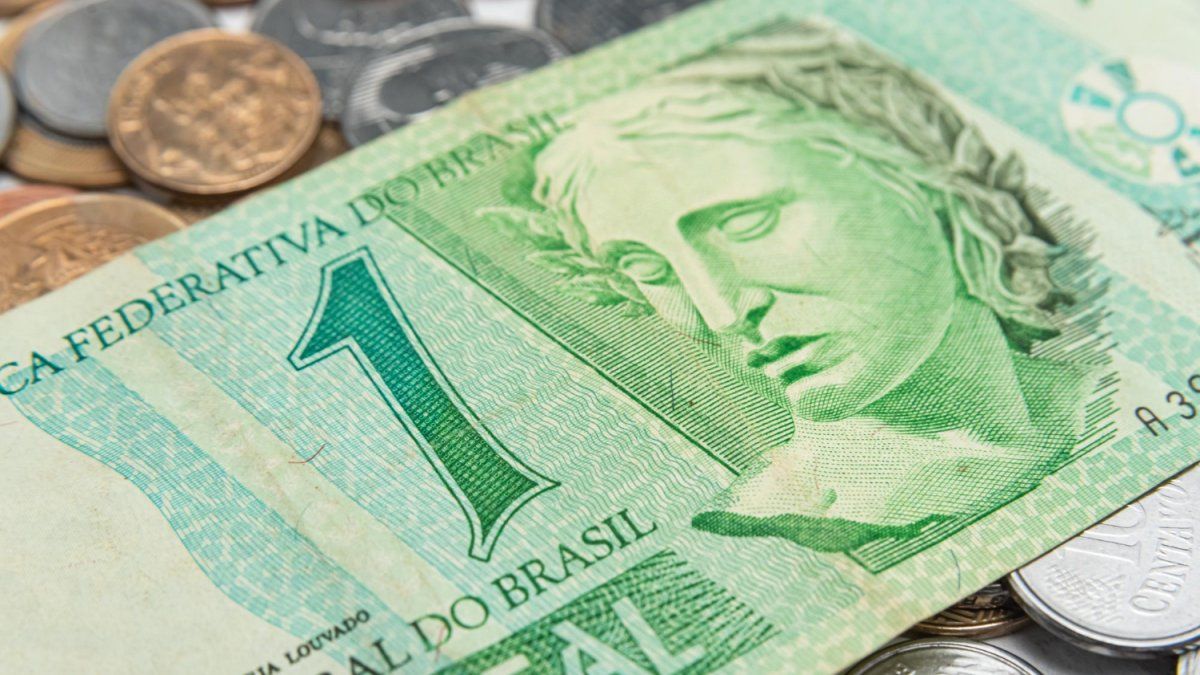A new report of the RA center of the Faculty of Economic Sciences of the University of Buenos Aires (UBA) revealed that In recent months Argentina registered a significant appreciation of the real exchange ratedirectly impacting the cost of living of the population. In this framework, The minimum salary in dollars fell 33%affecting the purchase of essential goods and raising the cost of living compared to other countries.
“This phenomenon, known as exchange delay, occurs when the local currency does not depreciate at the same rate as internal inflation or depreciation of foreign currencies,” says the report while adding: “This generates a mismatch between the nominal value of the weight and its real purchasing power. While it can provide apparent stability in the short term, it also makes exports more expensive, it encourages imports and reduces the real income of the most vulnerable sectors. “
Along the same lines, he points out that at the beginning of Javier Milei’s management, a devaluation of more than 54% in the official exchange rate was implemented, which initially caused an equivalent increase in the real exchange rate, improving the competitiveness of the economy. “However, due to the strong inflation generated by this measure and the pricing, the real exchange rate was appreciated again, registering a 29% drop between January 2024 and January 2025, as a result, the real exchange rate was below the level prior to the presidential elections,” says the survey.
Minimum Salary UBA.GIF
Source: RA based on BCRA, INDEC and USAU Census Statistics data.
University of Buenos Aires
A way to evaluate the impact of devaluation and the subsequent loss of purchasing power in dollars is to analyze the evolution of the minimum wage measured in this currency. After the initial devaluation of the Milei government, the minimum wage in dollars fell more than 40%. This reduction was deepened in the following months because local inflation exceeded both the variation of international prices and the nominal exchange rate.
Although since June 2024 there is a slight recovery driven by increases in the minimum wage, in January 2025 the fall accumulated in dollars remains significant, close to 33%. In concrete terms, the minimum wage went from $ 413 at the beginning of the management to $ 275 today.
Purchasing power and food
The fall of the minimum wage in dollars, added to inflation in this currency, significantly reduced the purchasing power of the most vulnerable sectors of society. When analyzing the purchase capacity of essential products, it is observed that, in January 2025, with a minimum wage 102 kilos of flour can be acquired, which represents a reduction with respect to the start of management. In addition, you can buy 22 kilos less chicken, 126 liters less milk, 26 kilos less bread and 56 liters less sunflower oil.
Purchasing power and food uba.png

Source: Ra based on data from the BCRA, INDEC and Numbeo.
University of Buenos Aires
Along the same line, The exchange delay has significantly raised the cost of living in Argentina compared to other countries. This is evidenced by analyzing the purchasing power of basic products such as milk and eggs.
While with a minimum wage in Spain you can buy with a minimum wage approximately 1170 liters of milk, in neighboring countries on average almost 430 liters are acquired with a minimum wage, in Argentina you can acquire less than 200 liters of milk.
In the case of eggs, the minimum wage in Argentina allows, on average, on 78% less than in other countries in the region and 418% less compared to Spain.
Another interesting case is that of clothing, since Argentina has one of the highest costs in the world in this area, which makes dressing a real challenge. For example, if the amount of jeans levi ‘s for women that can be purchased with a minimum wage, in the European countries relieved it is possible to acquire around 19 jeans, while in the region the average is around 8. In Argentina, on the other hand, that figure does not reach 2. This is due to two main factors: the minimum salary in dollars is extremely low and the price of jeans almost doubles that of the countries analyzed.
Source: Ambito




